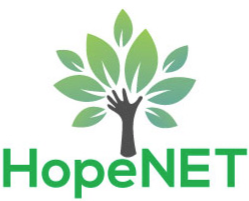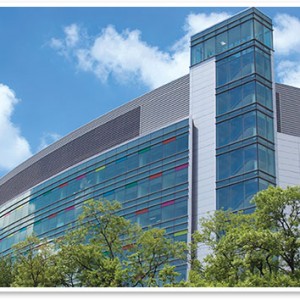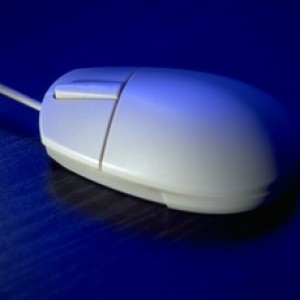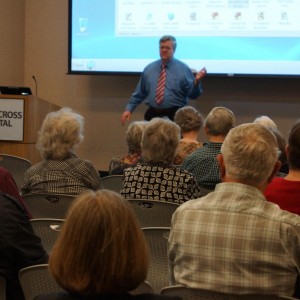 Abstract
Abstract
Background: Patient-centeredness (i.e., providing care that is responsive to individual patient preferences) is increasingly recognized as a crucial element of quality of care.
Methods: A six-item patient-centeredness questionnaire was devised to assess the self-perceived needs of essential tremor (ET) patients. A link to the questionnaire was included in the monthly e-newsletter of the International Essential Tremor Foundation. The questionnaires were completed online and data were available in electronic format.
Results: There were 1,418 respondents. One in three respondents (i.e., 31.4%) indicated that the doctor was not even ‘‘moderately well-educated’’ about ET. Only 11.8% of respondents were satisfied with their care. Respondents raised a multiplicity of issues that were not being addressed in their current care. The top items were psychological services and support (33.9%), physical or occupational therapy (28.6%), handling embarrassment and social effects of tremor (15.8%), feelings of not being in control (13.7%), a detailed report and a more quantitative way of assessing tremor and tracking progression (12.7%), better counseling about current treatment and medications (11.9%), empathy, compassion and a feeling of being heard (11.6%), a treatment approach other than just medications and surgery (11.2%), and a discussion of all symptoms aside from tremor (e.g., cognition, balance).
Discussion: Patients with ET identified a broad range of issues that they felt were not addressed in their treatment; indeed, only one in 10 patients reported that they were satisfied with their care. It is hoped that patient-centered approaches such as this will lead to improved models for the care of patients with this common chronic disease.
Elan D. Louis , 1,2,3* , Brittany Rohl 1 & Catherine Rice 4
1 Department of Neurology, Yale School of Medicine, Yale University, New Haven, CT, USA, 2 Department of Chronic Disease Epidemiology, Yale School of Public Health, Yale University, New Haven, CT, USA, 3 Center for Neuroepidemiology and Clinical Neurological Research, Yale School of Medicine, Yale University, New Haven, CT, USA, 4 International Essential Tremor Foundation, Lenexa, KS, USA
Defining the Treatment Gap in ET full article (pdf)

 You will need to register by either calling Peter Muller at 703-543-8131 or one of the contact people in each group – Walter Ebmeyer, Doris Mapes, Lisa Gannon, Mary Thomas, Barbara McCarthy or Prudy Bradley.
You will need to register by either calling Peter Muller at 703-543-8131 or one of the contact people in each group – Walter Ebmeyer, Doris Mapes, Lisa Gannon, Mary Thomas, Barbara McCarthy or Prudy Bradley. 




